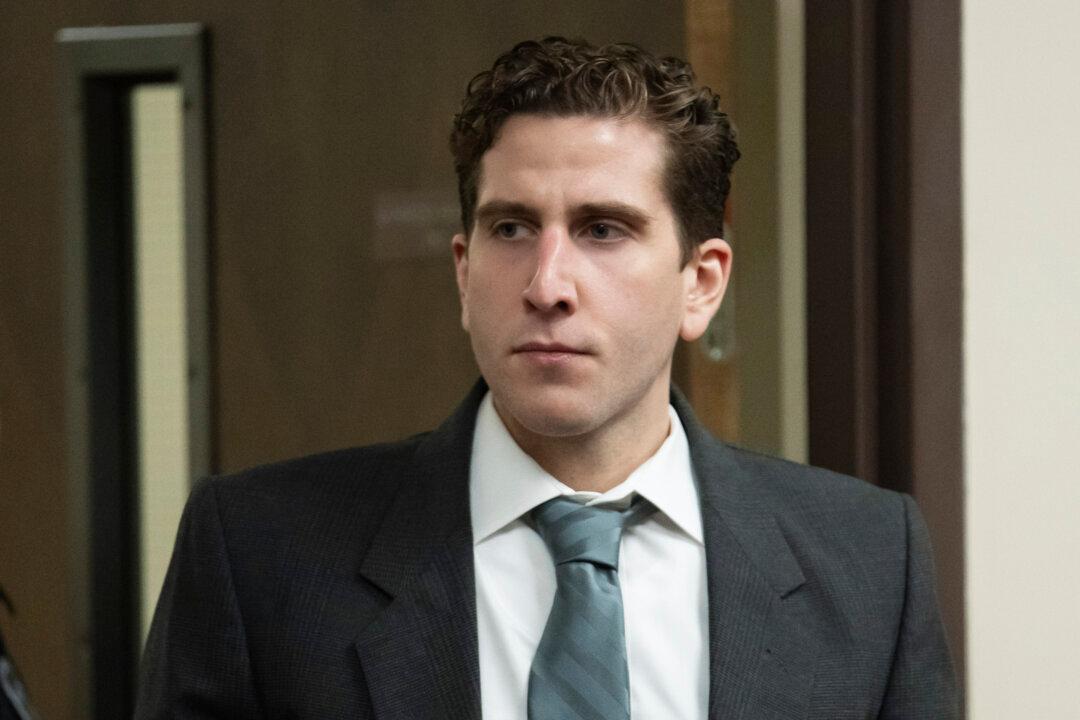SAN JOSE, CALIF.—Once-lionized entrepreneur Elizabeth Holmes wrapped up seven days of testimony in her criminal fraud trial Wednesday, having largely used the time to defend her actions as CEO of the startup Theranos. The company she founded had soared on the promise of innovative blood-testing technology only to crash in a sordid display of failure and alleged deceit.
Holmes alternately took responsibility for her missteps as CEO and cast herself as the abused victim of her former lover and business partner Sunny Balwani. She also repeatedly said she couldn’t recall her actions at key points even when confronted with internal documents including her own emails.





